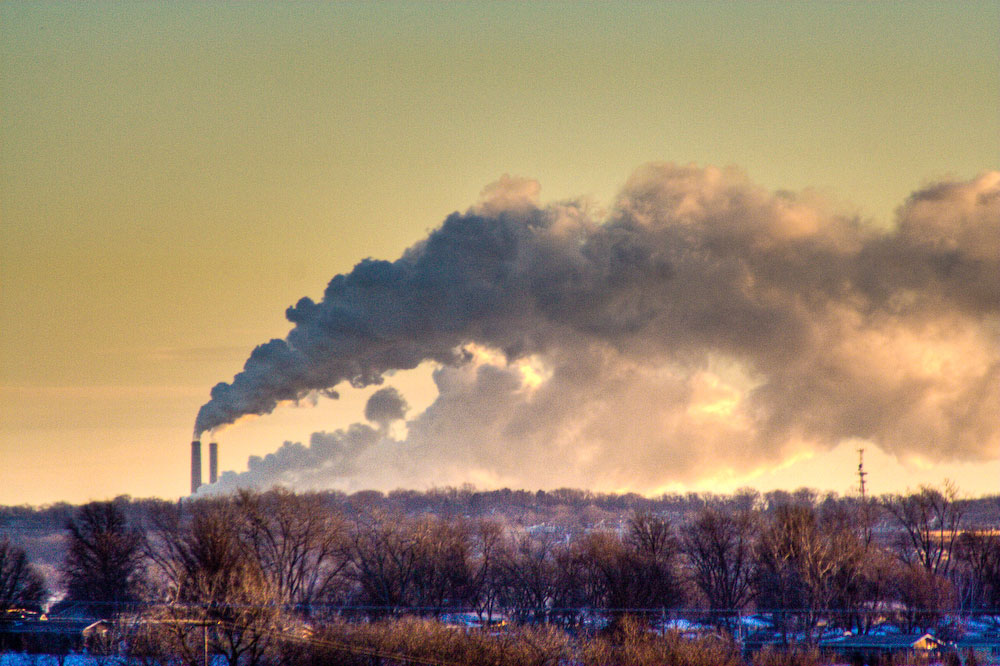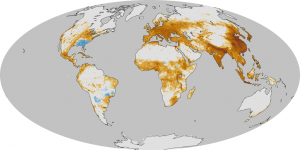Two particular types of air pollution kill 2.1 million people every year. The two are ground-level ozone and the aerosol output from automobile tail pipes and smokestacks.
Ground-level ozone or O3 is a secondary pollutant that is produced by two primary pollutants when exposed to sunlight in stagnant air conditions. The two are nitrogen oxides (NOx) and volatile organic compounds (VOCs). These are byproducts of burning coal, gasoline, firewood and oil. VOCs are also produced from natural sources such as coniferous forests.
Aerosols are particles suspended in the atmosphere. When large we notice them because they form clouds or smoke. A particular type of aerosol has been designated the name PM2.5. These are ultrafine particles composed largely of carbon and less than 2.5 micrometers in diameter. A micrometer is a millionth of a meter. So we are talking very small.
The combination of these two is deadly for both young and old. The rise in asthma diagnoses is associated with their increasing presence in the air we breathe here in the 21st century.
To see where where airborne pollutants are increasingly doing the most damage, NASA’s Earth Observatory website has published a global map seen below. The map shows trending covering 150 years from the mid-19th century to the beginning of the 21st century.
Those areas depicted in blue have actually experienced improvements in air quality over 150 years. Those areas progressively going from yellow to brown have witnessed increased deaths from worsening air pollution. The researchers at the University of North Carolina who built the map used six different atmospheric models in developing the data. They recently published their results in Environmental Research Letters. Their sources include data from epidemiological research on cardiopulmonary disease, ozone respiratory mortality, lung cancer and other respiratory illnesses. The highest concentration of air pollution related deaths correlate with automobile usage and the burning of coal for generating energy. East Asia (1,049,000 annual deaths) and India (397,000 annual deaths) have proven to be most susceptible.
The cure, reducing greenhouse gas emissions. Based on the modeling for this map the researchers are projecting 3 million premature deaths each year by 2100. The researchers have even created a cost-benefit analysis associated with reduced mortality from greenhouse gas pollutants. Each one ton reduction in CO2 has been valued at between $50 and $380 U.S. From the perspective of human health it would more than justify CO2 reductions.
From the researchers comes the following quote: “Climate change is an important problem that needs strong action, and our study suggests serious benefits to reducing greenhouse gases in addition to helping slow down climate change….Many times, long-term global problems such as climate change are hard to act on, but here we show that reducing greenhouse gas emissions can have near-term, local benefits for health, as well, which might strengthen the arguments for action with governments and citizens.”










